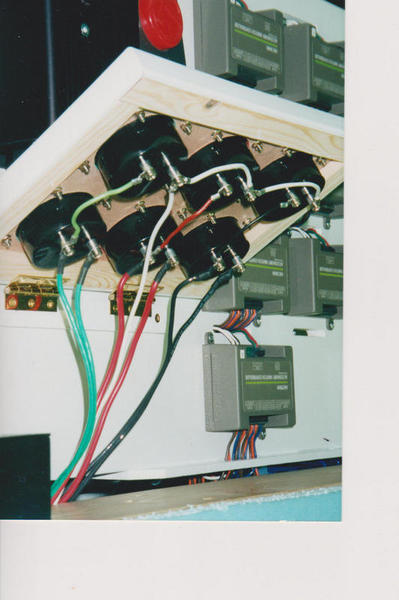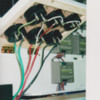Situation: There are two separate lines controlled by the separate throttles of a ZW. On one line is a locomotive that when the power is abruptly shut off, will still coast. The other throttle controls a line having a diesel engine that does not coast if the power is shut off, but just stops. The consist of that diesel is quite long and has some die cast K-line coal hopper cars (6) in it.
Problem: If there is a short on the locomotive line, the circuit breaker causes the entire ZW transformer to cut off power to the other line as well. The inertia of the heavy consist causes the diesel to derail in the front, presumably due to the pressure of the consist and the diesel not being able to coast when the power is turned off. Essentially a derailment on the locomotive side will likewise case a derailment on the diesel side for me in that situation. I assume this is so because the transformer has common grounds and does not have truly independent channels of operation.
Question: Is the new ZW L wired differently to have truly independent controls? As a solution, instead of my separating the lines with entirely separate transformer so that a short on one side will not cause my problem, is there someway to wire the ZW to allow independent functioning of the throttles in terms of circuit breakers?







